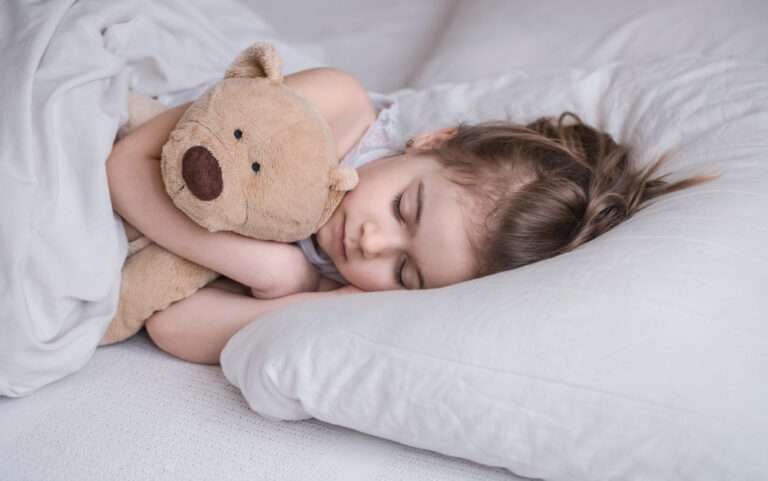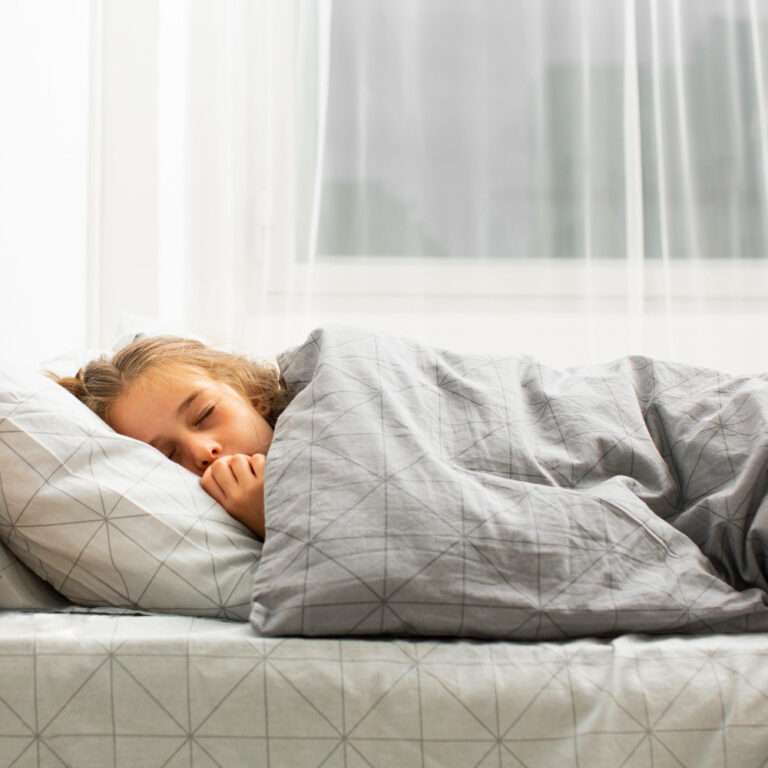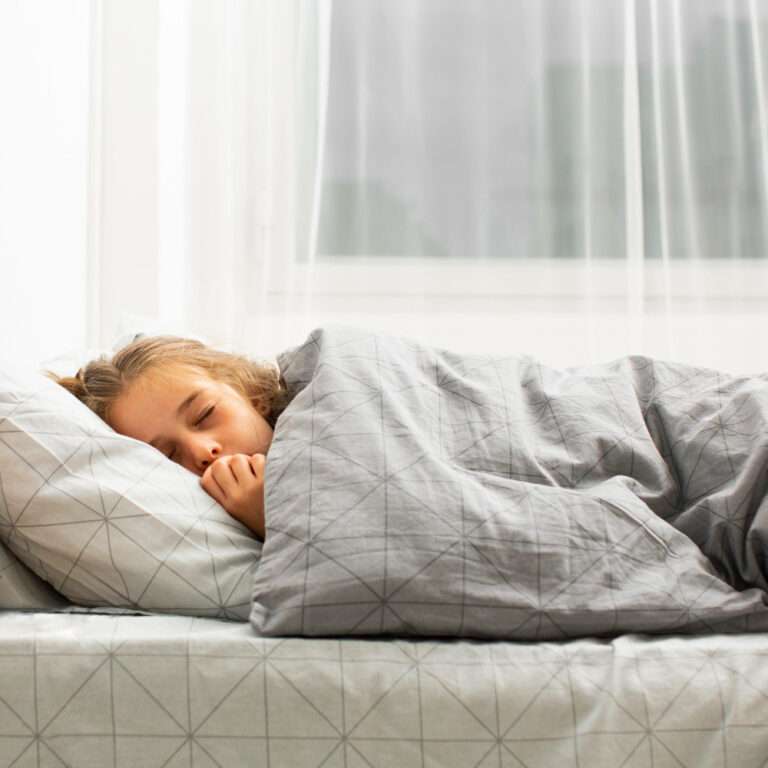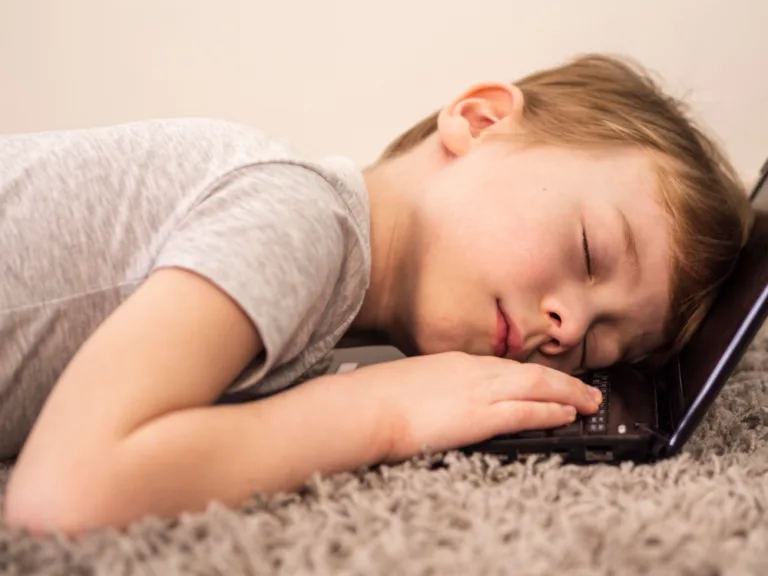Narcolepsy in children
Narcolepsy can affect individuals of all ages, including children and adolescents. When narcolepsy occurs in children, it can have a significant impact on their daily lives, education, and overall well-being. Here are some key points to understand about narcolepsy in children:
- Symptoms: The symptoms of narcolepsy in children are similar to those in adults and include excessive daytime sleepiness (EDS), cataplexy, sleep paralysis, and hallucinations during sleep. However, the way these symptoms manifest in children may be different or more challenging to recognize.
- Excessive Daytime Sleepiness (EDS): Children with narcolepsy often struggle with daytime sleepiness, which can lead to difficulty concentrating, staying awake in class, and participating in normal activities.
- Cataplexy: Cataplexy in children can manifest as sudden muscle weakness or partial paralysis triggered by strong emotions, laughter, or excitement. It may be misinterpreted as clumsiness or weakness.
- Sleep Paralysis and Hallucinations: Children with narcolepsy may also experience sleep paralysis and vivid hallucinations during sleep transitions, which can be distressing.
- Disrupted Nighttime Sleep: Like adults with narcolepsy, children may experience disrupted nighttime sleep with frequent awakenings or irregular sleep patterns.
- Diagnosis: Diagnosing narcolepsy in children can be challenging because the symptoms may be initially attributed to other conditions or dismissed as normal childhood behavior. A comprehensive evaluation by a pediatric sleep specialist, including polysomnography (PSG) and multiple sleep latency testing (MSLT), is often necessary for an accurate diagnosis.
- Impact on Education: Narcolepsy can have a significant impact on a child’s educational performance. Children with narcolepsy may struggle to stay awake in school, leading to poor academic performance, difficulty concentrating, and social challenges.
- Emotional and Psychological Impact: Living with narcolepsy can be emotionally challenging for children, leading to feelings of frustration, embarrassment, and self-consciousness. It’s essential to provide emotional support and open communication.
- Treatment: Treatment for pediatric narcolepsy typically involves a combination of lifestyle modifications and medication. Medications that promote wakefulness (e.g., modafinil or methylphenidate) and antidepressants (e.g., selective serotonin and norepinephrine reuptake inhibitors) for cataplexy are often used.
- Supportive Measures: Creating a supportive environment at home and school is crucial. This may include allowing for scheduled naps, providing a quiet place for rest, and educating teachers and classmates about narcolepsy.
- School Accommodations: Children with narcolepsy may benefit from accommodations at school, such as extra time for assignments and tests, modified schedules, or access to a quiet place for short naps.
- Regular Follow-Up: Ongoing follow-up with healthcare providers, including pediatric sleep specialists, is essential to monitor the child’s progress and adjust treatment as needed.
It’s important for parents and caregivers to seek help if they suspect that a child may have narcolepsy. Early diagnosis and appropriate management can help improve the child’s quality of life, academic performance, and overall well-being. Pediatric sleep specialists can provide guidance and support for families dealing with narcolepsy in children.
------------From our Sponsors------------









